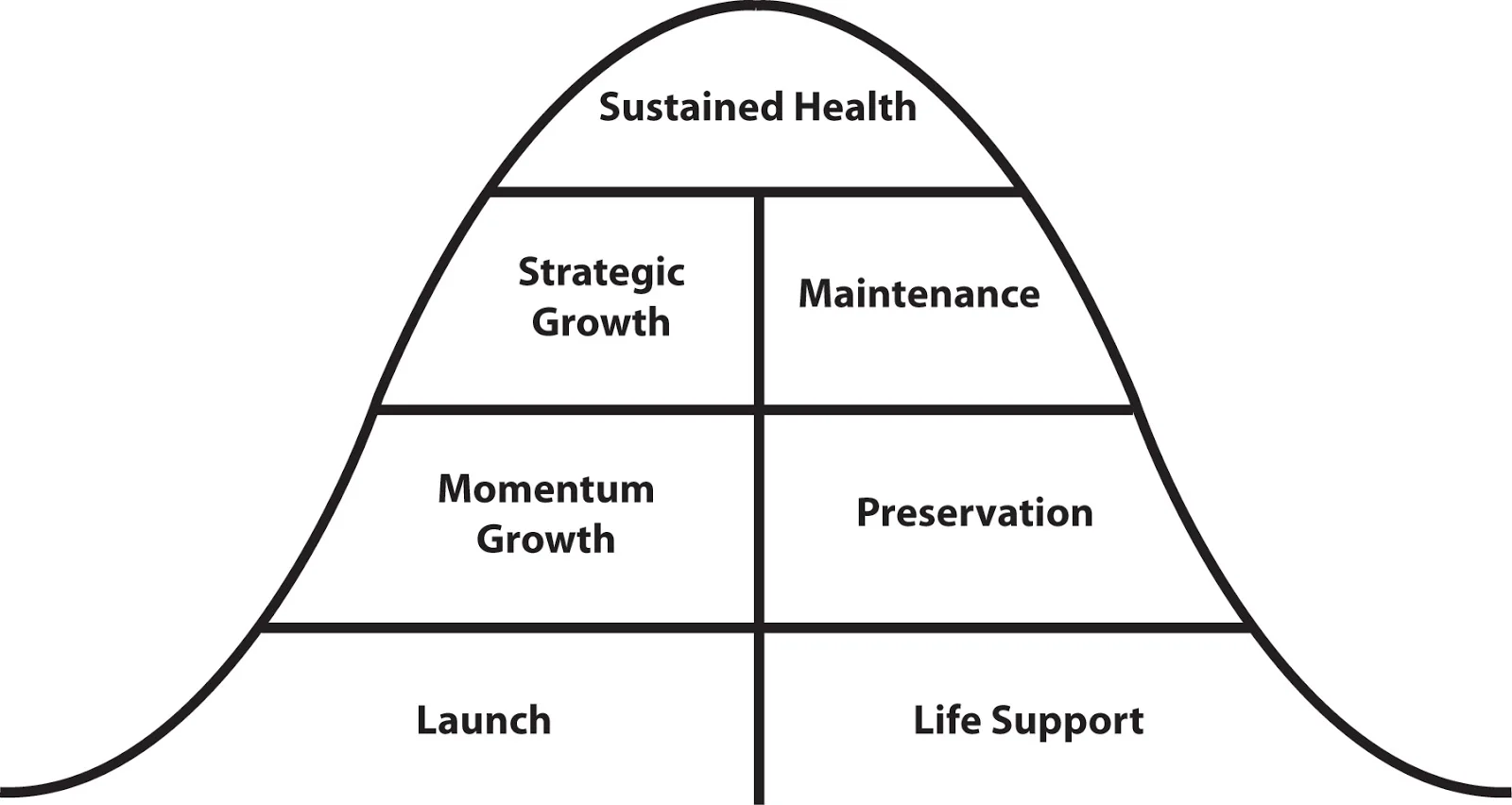The Unstuck Church: Unpacking the Typical Church Life Cycle with Tony Morgan
Tony Morgan and I go way back. We were in a small group together back in 1998 when he was a City Manager and I was on staff at a small but growing church. It didn't take me long to realize I needed this guy on our team, and we spent the next 8 years serving side by side, co-writing a series of books, and raising our families together.
These days, he’s the founder and lead strategist at The Unstuck Group, and has been working for over 8 years to help churches get unstuck. He recently published a book called The Unstuck Church: Equipping Churches to Experience Sustained Health. I asked him a few questions about his new release and the heart behind it all.
Tim: What inspired you to write The Unstuck Church?
The why is pretty simple: Jesus changed my life. I believe that it is God’s plan for the local church to help other people like me experience a relationship with Christ. So, I wrote the book because I want churches to be healthy, and I want healthy churches to grow. As churches get healthy, more people get to experience a relationship with Jesus. I believe God desires that our churches reach and live in that peak of sustained health, where life change is occurring, healthy growth is happening, and the church is fulfilling its purpose and vision. It’s about becoming the church God designed it to be.
Tim: In your new book, you discuss the church life cycle and what each stage means. What are the 7 phases that churches typically experience?
The bell curve below is the typical church life cycle. All churches don’t experience every phase of the life cycle, but it’s true that most church start, grow, thrive, decline and eventually end. In my book, I’ve worked to capture my observations about the characteristics of a church in each of these phases, along with top-priority next steps to help you move towards sustained health.
Tim: Where do churches most often get stuck?
There are two most common places churches get stuck. One is on the left side of the curve where churches experience growth. The church has gone through the launch phase, experienced momentum and has gotten stuck in strategic growth where the church has started to outgrow its systems and structure. The church moves beyond a personality and begins to require clear strategies to move forward.
The second place is located in the second half of the church life cycle. The church tends to become more inward focused. They’ve moved into maintenance season. Many times, churches don’t know that they are in this season. The church might even be financially the healthiest that it has ever been, so that can easily cover up the other indicators that a church is headed for decline.
Tim: So, what do you think sustained health looks like?
This is my prayer for churches - this is where I want churches to live.
I cover all the characteristic I see in the book, but here are a just few of them:
- Churches have maintained a collaborative approach to how they look at ministry.
It’s not just on the shoulders of one person. It is important to note that the journey to sustained health is about a team of leaders coming together to establish the systems and structures needed to create the healthiest environment for growth.
They are still willing to take calculated risks and prioritize the right bold moves.
We have a constantly shifting culture and community around us. We don’t need churches that worship their methods. Leverage a method as long as it’s working, but holding onto it when it’s not is a blind affection for tradition.
Churches prioritize having a good mix of giftings on staff.
There needs to be a balance between the visionary and the process-minded.
Tim: How can a church leader assess which life cycle stage the church is in?
Tony: We actually created a free online assessment tool that churches leaders are able to take individually, or, better yet, as a leadership team. We are really excited about this. We wanted to make it as easy as possible for churches to identify what season they are in as a church, and we’re already hearing from church leaders telling us the results are starting great conversations in their board and staff meetings and giving them something concrete to use for creating urgency for change.
The assessment takes 10-15 minutes, and you’ll a downloadable PDF report with some prioritized next steps based on the phase of the life cycle you’re in. It’s a great tool to use alongside the book. You can access it, and learn more about the book, at theunstuckchurch.com.
I've been hearing Tony talk about the content of this book for a few years, and I'm very grateful it's now available for purchase. Be sure to pick up a few copies for you and your team.


